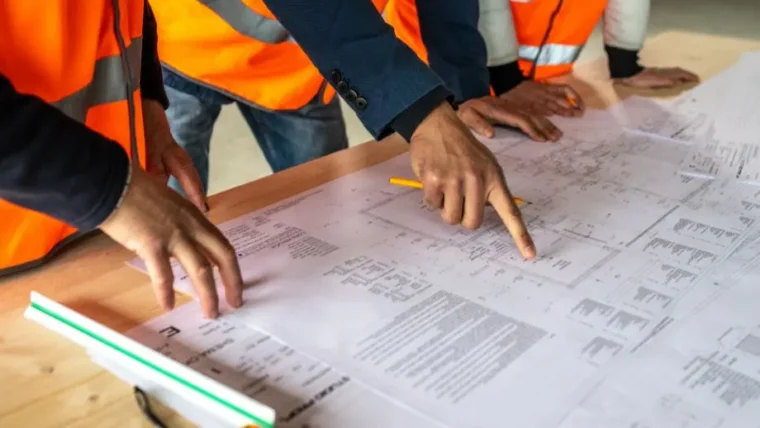Best Available Technique: Have you received your Regulation 61 notice?
14 September 2023

You should know that the Environment Agency (or equivalent agency operating in your country) and your local authorities will undertake sector-wide reviews of environmental permits in industries where the accompanying BREF documents have been updated and published. It is expected that Regulation 61 notices will be sent out to all operators on a subsector basis. However, only permits that were issued before the BREF reviews will undergo a Regulation 61 review. Permits issued after the BREF review will not require a Regulation 61 review.
A review will follow the publication of the revised Best Available Techniques (BAT) Reference Documents to prepare operators for compliance with the BAT conclusions therein.
A Regulation 61 notice will require an operator to review their processes against latest Best Available Technique and plan in any required corrective actions.
Key changes could include more stringent air and water emission limits, increased energy efficiency and an emphasis on environmental management systems.
What does BAT mean?
BAT stands for ‘Best Available Techniques,’ referring to the techniques that best prevent or minimise environmental impacts from your industry processes/installations. These will be the most economically and technically viable options. ‘Techniques’ refers to the technology used, but also the way the installation is designed, built, maintained, and operated.
How is BAT decided?
The ‘Best Available Techniques’ for an installation will come from the European BRef (best available technique reference) documents. The European Commission produces these Best Available Technique Reference documents, or ‘BREF’ notes. These are the result of investigative work, resulting from exchanges of information among regulators, industry, and environmental non-governmental organisations.
In short, this is the regulatory mechanism by which permits keep pace with environmental best practice in the sector.
You will need to use BAT if you have an Installation Environmental Permit with the EA.
There are various BATs that must be adhered to for each industry sector. Different BREF documents exist for different industry sectors. For example, for the Food and Drink Sector there are at least 11 mandatory and further BATs that you will need to comply with, depending on your food and drink application.
What is Regulation 61?
UK Environmental Regulators are required under the IED to review conditions in environmental permits, to ensure they deliver compliance with standards such as updated BREF documents and BAT Conclusions. This must be within four years of the publication of updated decisions.
In England and Wales this is accomplished by issuing a Notice under Regulation 61(1) of the Environmental Permitting (England and Wales) Regulations 2016. The EA will request that the operator provide information to demonstrate how the operation of their installation currently meets or will meet revised BREF standards . Failure to comply with a Regulation 61(1) notice may include a warning, a formal caution, or prosecution.
The following industries can expect a Regulation 61 Notice at some point in the near future (as of 31/8/2023):
Textiles Industry – Revised BREFS published 2023
Ferrous Metals Processing Industry – BAT Conclusions published 2022
The following industries can expect a Regulation 61 Notice, once the revised BREF documents for the industry are published:
Smitheries and Foundries Industry – Review started of BREF documents
Surface Treatment Of Metals and Plastics – Review started
Slaughterhouses and Animals By-products Industries – Final Draft of Revised BREF document
Large Volume Inorganic Chemicals – Drawing up started of revised BREF document
Ceramic Manufacturing Industry – Review started to produce revised BREF document









